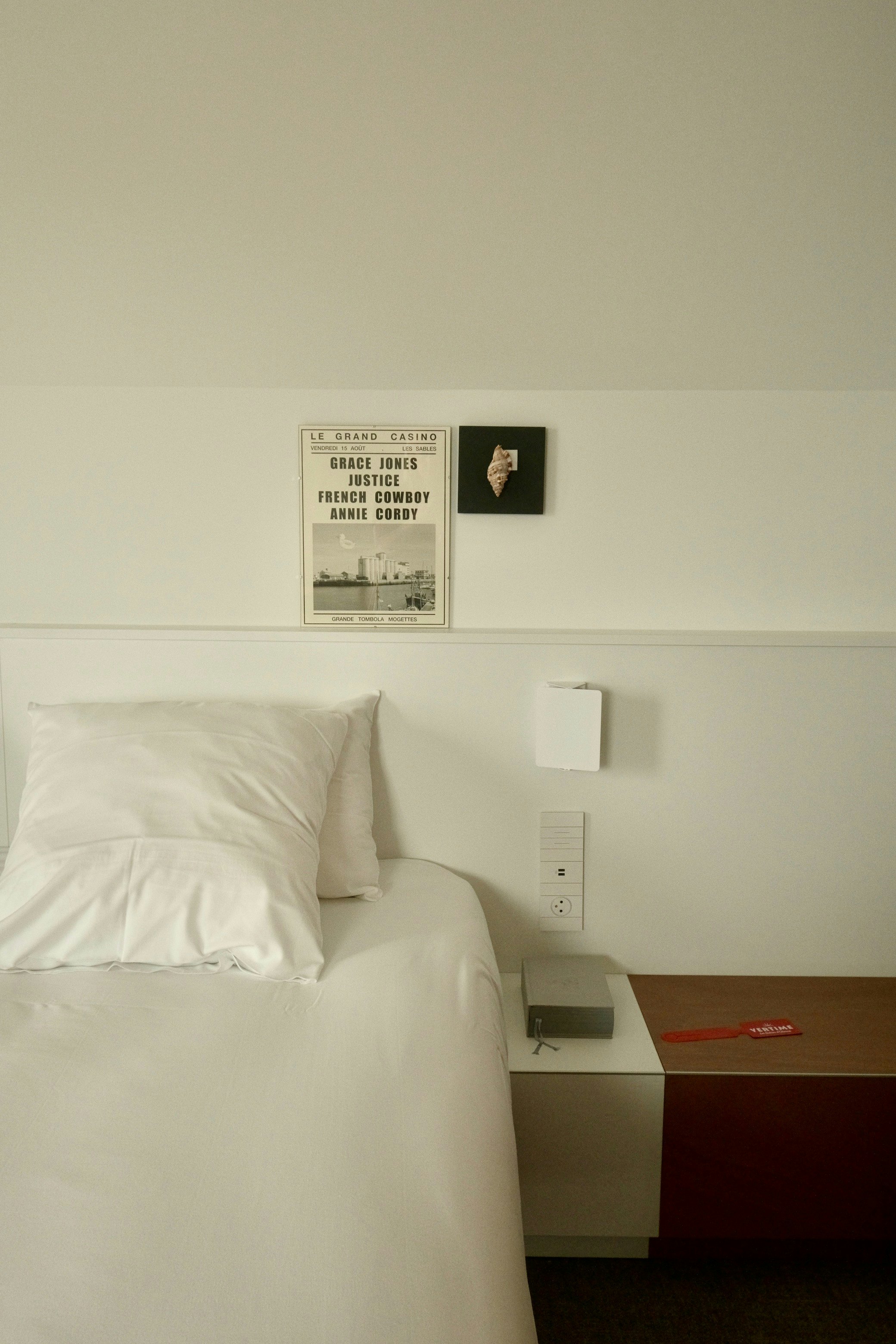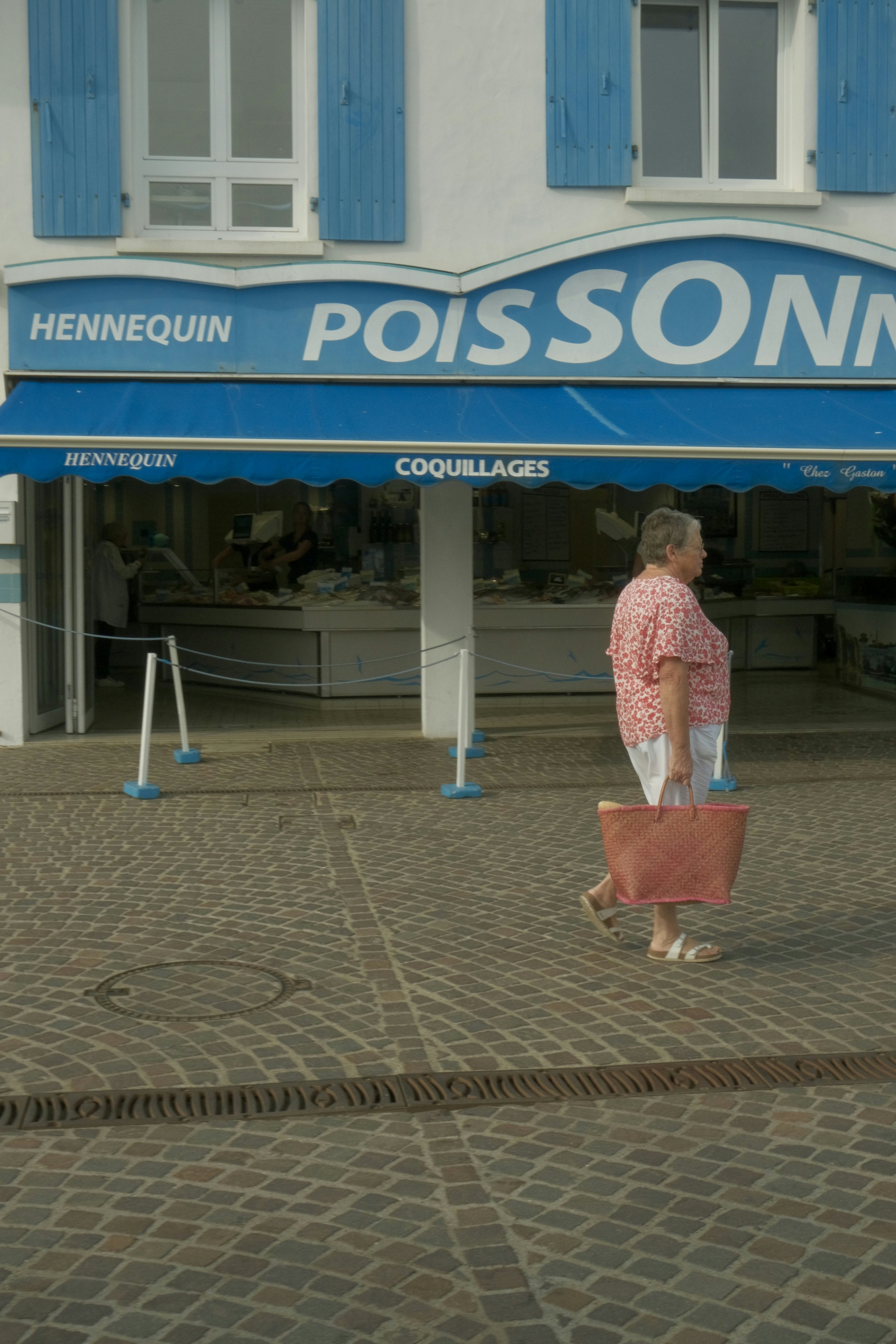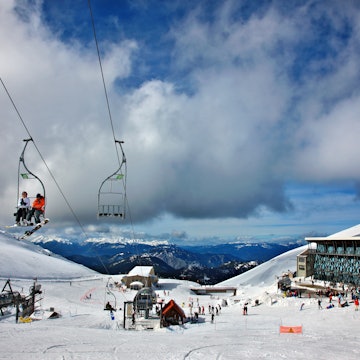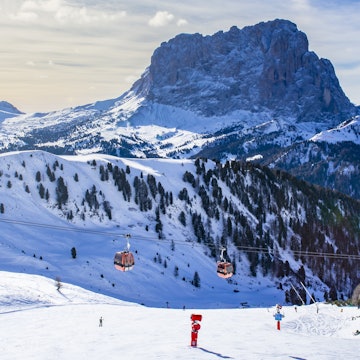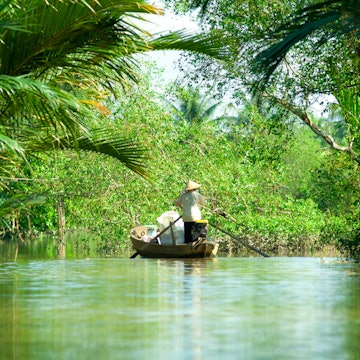
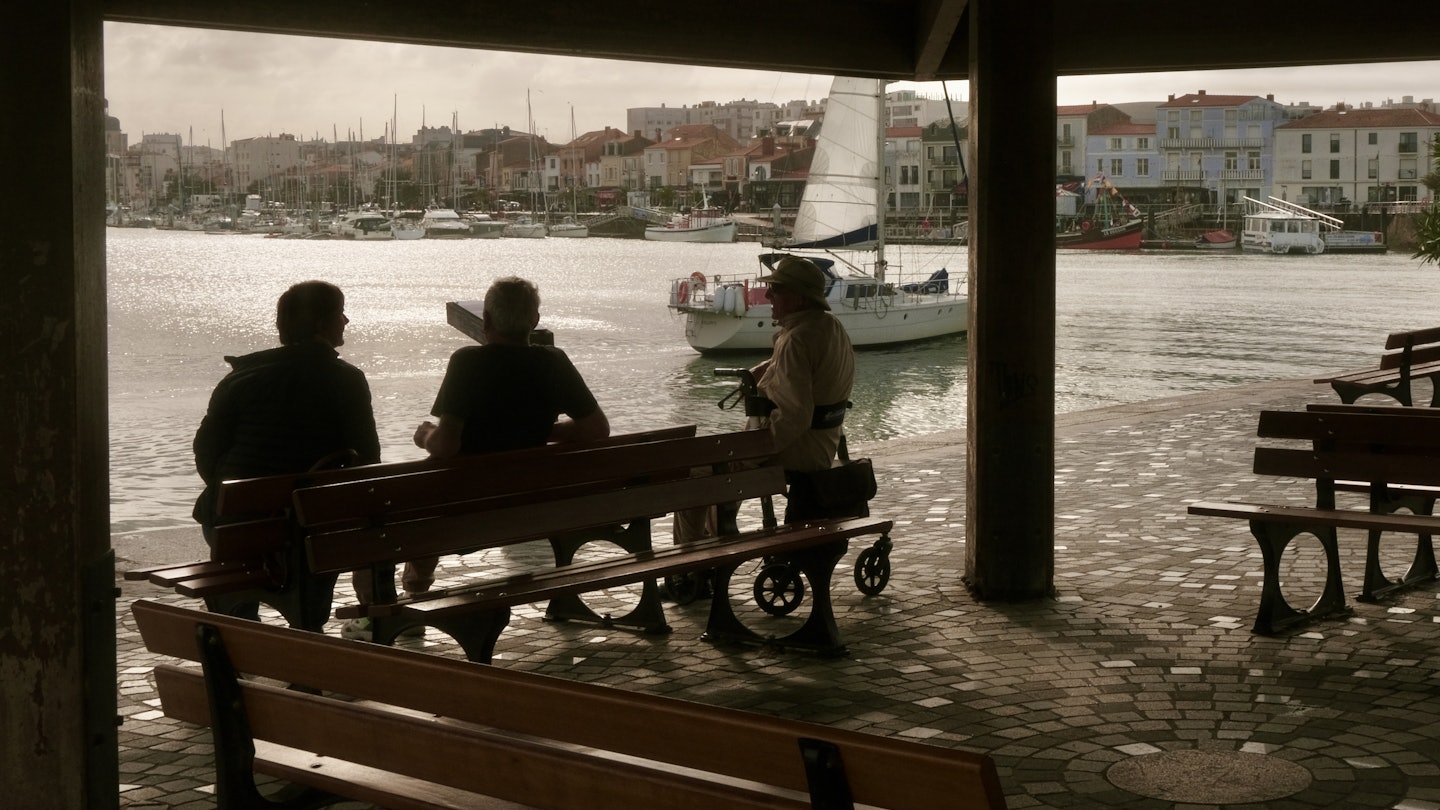
Locals sit beside the canal in Les Sables d'Olonne. Ann Douglas Lott/Lonely Planet
I love visiting a new place and immediately thinking, this is a place where the locals vacation. What a joy it is to be let in on that little secret. In France, one of these particular places is the Vendée region.
Its beauty lies in the fact that it has almost everything: beaches, rocky cliffs, islands, hills, cycling and horse riding trails, fishing port towns, pastel-colored villages, salt marshes, grand castles – no wonder the French and many other Europeans love to vacation here.
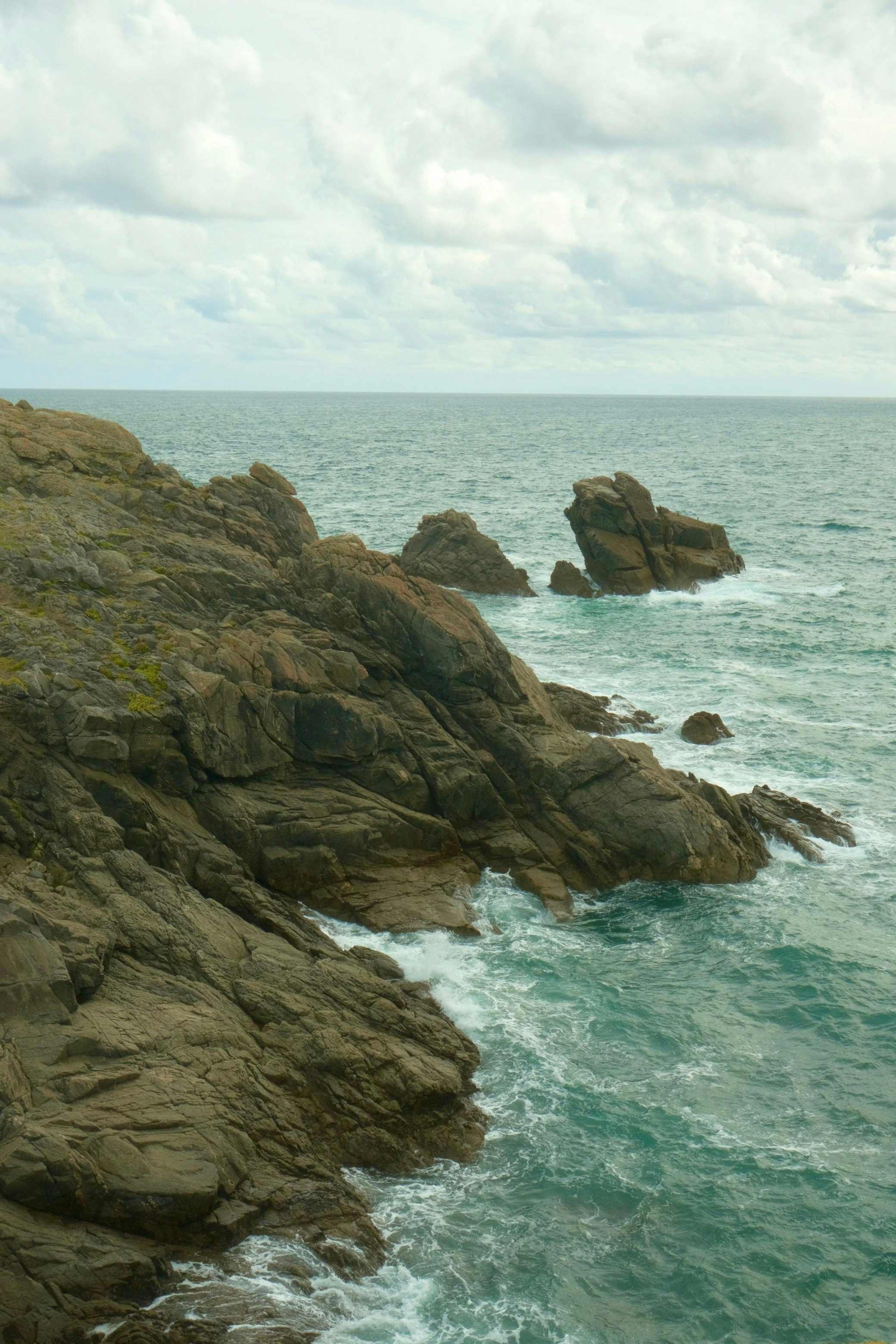
When to go: Avoid July and August, as those are the busiest (and hottest) months on the coast with local tourists. August is the most popular month in France for annual leave. By September, the daily forecast isn’t always tanning weather, but the consistent sunshine and pleasant temps are perfect for enjoying the seaside resort towns.
When to arrive: Morning is best so that you have time to catch a train from the airport for the final leg. I jumped forward six time zones, so a red-eye was unfortunately necessary.
Getting there: Coming from New York City, the only direct flight to France was into Paris, which accounted for a 2½-hour train ride to Nantes. While you can buy a ticket at the station, it's easiest (and often cheaper) to book ahead on Rail Europe. If you’re lucky enough to live somewhere with a direct flight to Nantes or La Rochelle, it’s an easy train ride to Les Sables d’Olonne.
What to pack: If you choose to brave the summer crowds, be sure to pack an outfit to wear over your beach attire when you’re, uh, not on the beach. During my September visit, I wore mostly pants and short-sleeve tops (nothing too fancy) with extra layers for the mornings and evenings.
In just five days, I ate more seafood and spent more time on a boat in the Vendée than I have all year. Here are three enchanting places I would like to revisit someday.
The port in Les Sables d'Olonne. Ann Douglas Lott/Lonely Planet
1. Les Sables d’Olonne
Why go: It’s the Vendée’s most popular resort town for good reason. And beyond the seaside, you’ll discover quiet side streets lined with pastel homes, the region’s most flourishing fishing port and a resultingly spectacular food scene. It’s a year-round town, both in that the weather is mild and there’s always plenty to do. Les Sables d’Olonne also famously hosts the Vendée Globe, a famous around-the-world sailing race that takes place every four years. With the most recent race wrapping up in March of 2025, the next one will kick off in 2028 (so start planning).
Where to stay: Four-star Hôtel Vertime has gorgeous, bright and spacious rooms. Its rooftop pool and bar offer fabulous views of the town and port, which brims with sailing and fishing boats.
What to eat: I’ve never enjoyed so much fresh seafood – or as the French say, fruits de mer, which translates beautifully to “fruit of the sea” – both in quantity and in diversity. My favorite bites during this visit included the prettiest sardine toast at Alice, le Bistrot, spider crab with a herby avocado cream at La Cotriade de la Mer and a comforting bowl of fish soup at Rosemonde Restaurant.


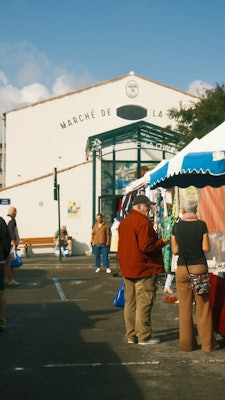

What to do: It’s one of those places where wandering is the star attraction. Start in the town center beside the fish auction, and stroll further into town, past the sailboats along the main canal, weaving into different side streets before eventually landing on the beachfront quay.
On your walk, track down the 16-in-wide Rue de l’Enfer (Hell Street), one of the world’s narrowest streets. Or check out the marvelous mosaics by artist Danielle Aubin-Arnaud in the l’Île Penotte neighborhood. She’s created the most intricate frescos made entirely of shells, depicting scenes of sealife, land animals and even a mailbox disguised as a monster’s mouth. Then take the short ferry ride to continue rambling around La Chaume, a fishing village that’s the oldest neighborhood in Les Sables d’Olonne.
Planning tip: The Vendée is a French-first region of France. Download the Google app so you can translate menus and signage with the Lens feature.
Walking around Port-Joinville on Île d'Yeu. Ann Douglas Lott/Lonely Planet
2. Île d’Yeu
Why go: Like many places in France with fishing-centric economies, Île d’Yeu’s whitewashed homes with colorful shutters have never gone out of style. Fun fact: oftentimes, these shutters were coated with leftover paint from that family’s fishing boat, so that’s why you’ll see a rainbow down every street. Between cyclists around every bend, miles of both rocky and sandy coastlines, and centuries-old historic sites, it makes for a classic French holiday.
Where to stay: Opened almost two years ago, La Mission is a stylish four-star property whose structure was formerly a school, church and military barracks, set on one of the highest points of the island in the Saint-Sauveur neighborhood. Currently, the property is open to guests from April through December. Since it’s further from the port, they offer a shuttle service and bikes to further explore the island. If you prefer something simpler and also walkable to the port, Hôtel Ansylade is a lovely family-owned choice.
What to eat: Park your bike and take your pick of various locally caught fruits de mer at Bar de la Meule, an ultra-cozy inlet-side spot whose walls are decorated with vintage fishing drawings, paintings and other nautical artwork. For an on-the-go snack, stop at one of the Conserverie de l’Île’s vending machines, stocked with smoked tuna, sardines, fish spreads and more from their cannery. You can check the availability of each on the TOOPRÈ app. I especially loved the tuna spread with lemon and basil. Or browse the vendors at the year-round portside market in the Port-Joinville neighborhood.



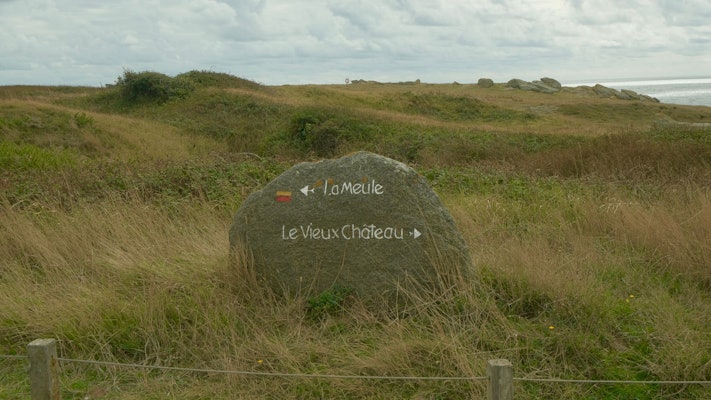
What to do: The Vendée has over 1800km of cycling paths, and I mean, how French is that? Île d’Yeu is no exception to this bike-crazy culture. Rent a bicycle (or tricycle if bikes aren’t your thing) from Auto Bécane, the only bike rental agency on the island that's open year-round. The island provides a map with recommended and designated bike paths; a highlight is cruising along the rocky southern shore to the Vieux Château (Old Castle), which was built at the beginning of the Hundred Years’ War. Guided tours of the castle are available in both French and English.
Planning tip: To get to Île d’Yeu, catch the ferry from Fromentine (which offers year-round transport with Yeu Continent). It’s €45 round-trip for adults, which includes a baggage-holding service and parking. Other ferries from Noirmoutier and Saint-Gilles-Croix de Vie are seasonal.
Port des Champs. Ann Douglas Lott/Lonely Planet
3. Northern Vendée
Why go: The Vendée’s northern coast is more low-key, but no less charming than the rest of the region. It best embodies the “something for everyone” ethos the Vendée is known for: visit a 12th-century castle on the island of Noirmoutier, canoe among the salt marshes of the Marais Breton Vendéen, shop at local artisans’ studios in Sallertaine or find peace in one of its charming little villages.
Where to stay: In the wee commune of La Garnache, about half an hour’s drive from the coast, Villa Arty is a two-story rental with cozy, colorful and, well, arty decor. This is the perfect place to base yourself if you’re traveling with a group and want to see more beyond the Vendée’s shoreline. I could spend hours on the villa’s private greenery-covered patio.
What to eat: A midday snack at Huitres Baptiste Raimbaud, an oyster farm near the shore at Port des Champs, for a plate of freshly shucked (right in front of us, literally) oysters that still tasted like the sea. From their outdoor tables, I watched cyclists on the La Vélodyssée, a popular bike path along France’s Atlantic coast, pedal by and thought, “What a wonderful little stop-off for someone exploring the coast on two wheels.” Further inland, in the commune of Challans, the seasonal menu at Le P'tit Challans is innovative yet classic. When I visited, I loved the melon, basil and pine nut salad with prosciutto and a slight drizzle of caramel.
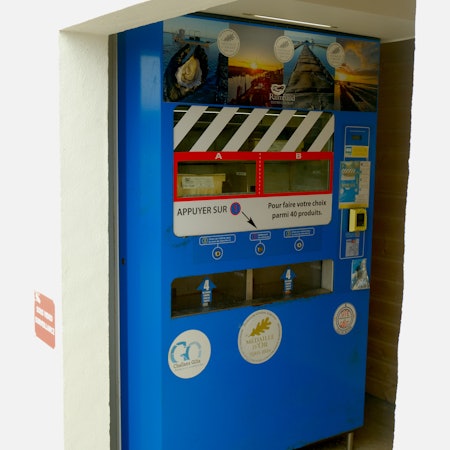

What to do: Be sure to visit Passage du Gois, a 4.2km road from the mainland to the island of Noirmoutier that is submerged by the tide twice daily. We watched a daredevil car narrowly make it across to our side a little too late in the day, with waves splashing high on either side of it. I glanced around when the car arrived safely, and every other person on the shore looked as relieved as I was. If you would like to visit the island at any other time of day, there’s a separate, much higher bridge that connects to the mainland.
Planning tip: Renting a car is best in the Vendée, especially in the northern part; it’s far easier to meander between small villages and along the coast this way.
Ann Douglas visited the Vendée on the invitation of Atout France. Lonely Planet does not accept freebies in return for positive coverage.








